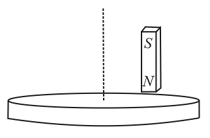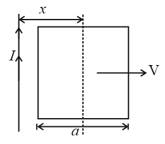Why do induced currents oppose the change in magnetic flux that causes them?
Important Questions on Electromagnetic Induction
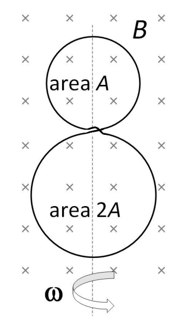
In a coil of resistance , a current is induced by changing the magnetic flux through it as shown in the figure. The magnitude of change in flux through the coil is:
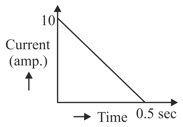
The magnetic flux linked with a coil (in ) is given by the equation . The magnitude of induced emf in the coil at the fourth second will be:

An emf in the coil will be generated for the following situations.

A small bar magnet is moved through a coil at constant speed from one end to the other. Which of the following series of observations will be seen on the galvanometer attached across the coil?

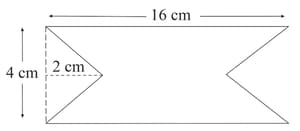
A light disc made of aluminium (a nonmagnetic material) is kept horizontally and is free to rotate about its axis as shown in the figure. A strong magnet is held vertically at a point above the disc away from its axis. On revolving the magnet about the axis of the disc, the disc will (figure is schematic and not drawn to scale)
